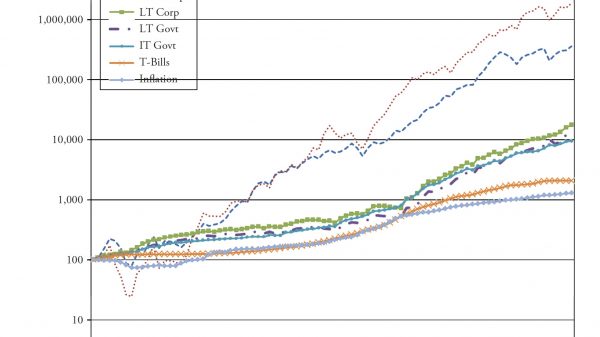Jeffrey A. Singer
Lost in all the news surrounding yesterday’s presidential debate was a disturbing report from the Centers for Disease Control and Prevention (CDC) that only 25 percent of Americans with opioid use disorder (OUD) are receiving medication for the treatment of the disorder. Deborah Dowell and colleagues (including National Institute on Drug Abuse Director Nora Volkow) wrote in their report in the CDC’s Morbidity and Mortality Weekly Report (MMWR):
In 2022, among the 4% of U.S. adults who needed OUD treatment, only 25% received recommended medications. A larger percentage (30%) received treatment without medications. Higher percentages of White than Black or African American or Hispanic or Latino adults received any treatment. Higher percentages of men than women and of adults aged 35–49 years than other adults received medications.
Sarah Wakeman and colleagues published comparative effectiveness research in 2020 that found addiction treatment with either methadone or buprenorphine was the only modality that was associated with reduced overdoses and other “opioid�​related morbidity.� The researchers compared six mutually exclusive treatment pathways: no treatment, intensive detox combined with inpatient rehab, intensive psychotherapy, methadone or buprenorphine, naltrexone, and nonintensive psychotherapy. The outcome metric was the rate of opioid�​related overdose or the need for acute severe care during the twelve months following initiation of treatment.
Dowell and colleagues stated in the MMWR, “Increased efforts to engage people with OUD in treatment that includes medications are essential…. Pharmacists and payors can work to make these medications available without delays.�
There’s one problem. Unlike Australia, Canada, and the UK, where people can get methadone treatment from primary care providers who coordinate with pharmacists, people in this country with OUD must queue up in Drug Enforcement Administration�​approved opioid treatment programs (OTPs) or “methadone clinics.� Before 1972, clinicians in the US would also prescribe methadone to treat their patients with OUD. After President Nixon declared “a war on drugs,� Congress passed the Controlled Substances Act, which led to the present methadone treatment regime.
As Sofia Hamilton and I explained in a Cato policy analysis last year, onerous federal and state regulations, state�​level zoning and certificate of need (CON) laws, and NIMBYism combine to limit access to methadone treatment for people who need it. Filmmaker Helen Redmond detailed the stigmatization and dehumanizing treatment many patients experience in the OTP system at a Cato policy forum last year.
The CDC report underscores the need to reform federal and state methadone treatment laws to allow patients to access it through primary care clinicians working with pharmacists, as patients do in Australia, Canada, and the UK since the 1970s. Hamilton and I outline this proposal in our policy analysis.
A bipartisan group of senators and representatives have put forth bills in each chamber that would move in this direction by freeing patients with OUD to access treatment from board�​certified addiction specialists in their offices. They named it the Modernizing Opioid Treatment Access Act (MOTAA). Unfortunately, as our policy analysis explains, there are not nearly enough board�​certified addiction specialists to meet the demand—assuming they can all accept new patients.
Hopefully, the new CDC report will instill a sense of urgency among lawmakers to make methadone treatment reform a priority.











